You’ve worked hard on your pitch deck. Refined the story. Tightened the numbers. Maybe even paid a designer to make it look crisp. You finally hit send, attaching it to a well-crafted email and hoping it lands with just the right dose of curiosity.
Then comes silence.
No read receipts. No curious questions. No signs of interest. Just the uneasy quiet of your deck floating somewhere in the vast digital void of someone’s inbox.
If this sounds familiar, you're not alone. For many founders, especially at an early stage, sending pitch decks as attachments still feels like the “normal” way to do things. But in 2025, it’s not just outdated; it’s counterproductive.
Let’s talk about why that is and what to do instead.
1. Once You Hit Send, You’re Flying Blind
Attachments don’t talk back. That’s their biggest flaw.
You could send your deck to ten investors and never know if anyone even opened it. Did it go to spam? Did they skim one slide and move on? Was it forwarded internally? You won’t know. And that uncertainty turns your follow-up into a guessing game.
That’s where smarter, trackable tools come in. When you use platforms like Pitchwise, you actually see what’s happening—who opened your deck, when they did, how long they spent, and which slides they returned to. Suddenly, you’re not guessing anymore. You’re responding.
Insight replaces silence.
2. You Can’t Update It. You Can’t Control It.
Let’s say your deck has a typo. Or you forgot to include a crucial update, like that new partnership you just signed. With an email attachment, the version they have is locked. It’s what they’ll judge you on, even if you fix it an hour later.
Worse still, if your PDF gets forwarded (and it often does), it may reach people who’ve never heard of you, without context, without your voice, and without any idea where the data came from.
Now imagine if your deck was a live link. Any edits you make are reflected in real time. You stay in control of what people see. You protect your narrative.
That’s not a luxury; it’s a necessity in today’s fast-moving fundraising world.
3. You Lose the Chance to Follow Up With Clarity
Following up with investors is hard enough. But without any feedback loop, it’s nearly impossible to know what to say or when to say it.
Compare:
- “Just checking in to see if you had a chance to look at our deck...”
vs. - “I saw you reviewed our traction and product slides this week. Happy to go deeper if it sparked any questions.”
The second shows you’re paying attention, you’re proactive, and you’re offering value. You’re not just following up; you’re moving the conversation forward. That kind of follow-up can be the difference between a reply and a ghost.
Attachments don’t give you that power. Smart links do.
4. It’s Not How We Share Anything Else Anymore
Let’s zoom out for a second. When was the last time you emailed a music file to a friend? Or sent a Word doc instead of a Google Doc? These days, everything we share—from playlists to design drafts—is sent as a trackable, editable link.
So why are pitch decks, which are one of the most important documents you’ll ever share, stuck in the 2000s?
Sending static attachments feels clunky because it is clunky. Founders deserve better. Investors expect better. And the tools now exist to make the experience smoother, smarter, and more secure for both sides.
So, What’s the Alternative?
Ditch the attachments. Move to purpose-built fundraising tools like Pitchwise.
Here’s what you get:
- A live, trackable link for every deck
- Real-time insights on engagement: who’s interested and how much
- Editable templates that fit your stage and sector
- Controlled access and instant updates, even after you’ve shared
All of that, in one platform designed specifically for early-stage fundraising.
You don’t need to guess anymore. You don’t need to wonder if your story landed. You’ll know. And with that knowledge, you can lead the conversation and not chase it.
Final Thought
You wouldn’t try to raise a round using an outdated spreadsheet.
You wouldn’t pitch with blurry slides.
So why would you still share your deck like it’s 2010?
In fundraising, your pitch deck is your opening handshake. It’s your chance to show clarity, professionalism, and momentum. Don’t let something as avoidable as an email attachment cost you that opportunity.
Pitchwise helps you raise smarter, with less friction, more visibility, and better outcomes.
Want to upgrade your fundraising workflow? Explore Pitchwise




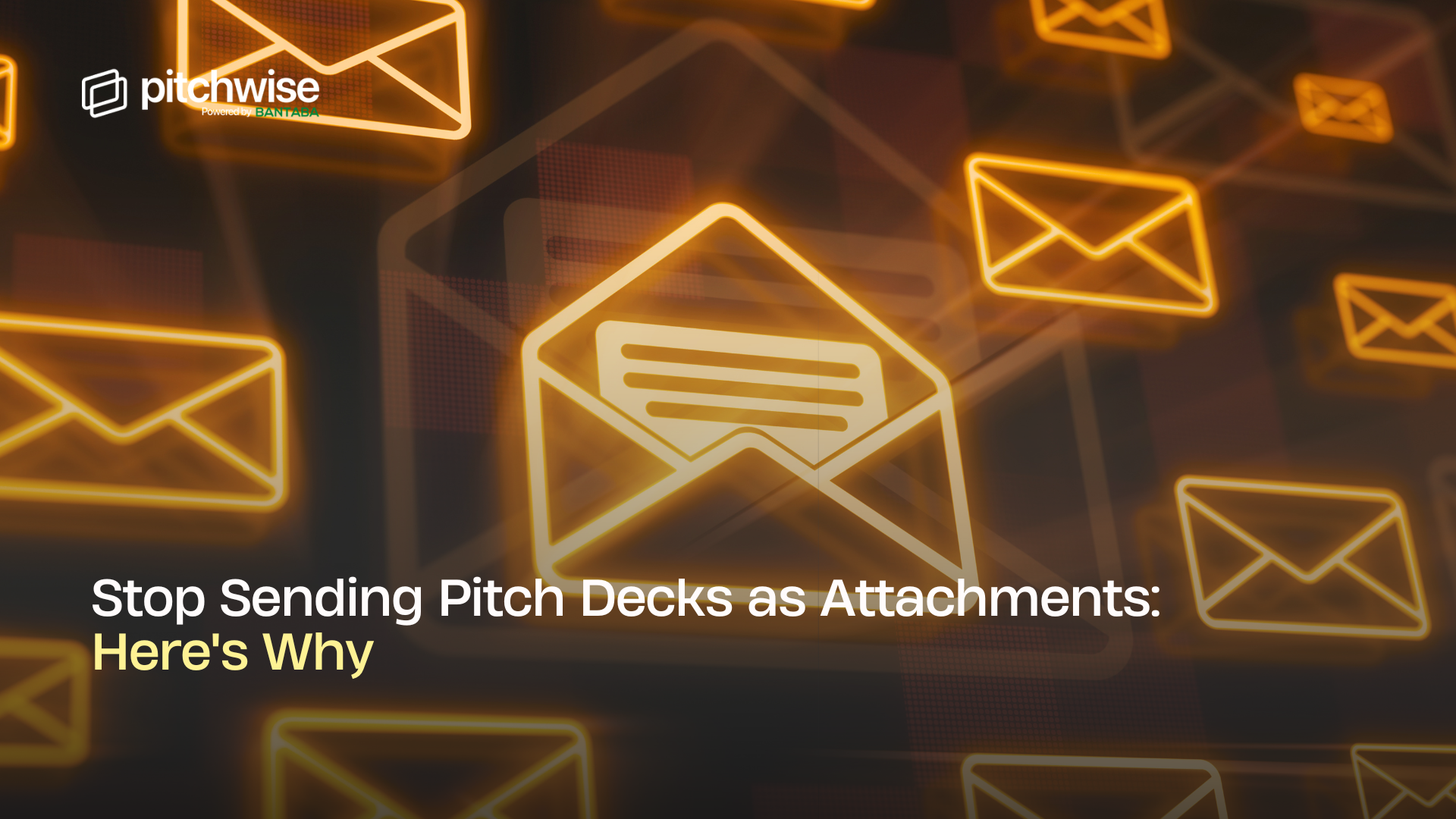







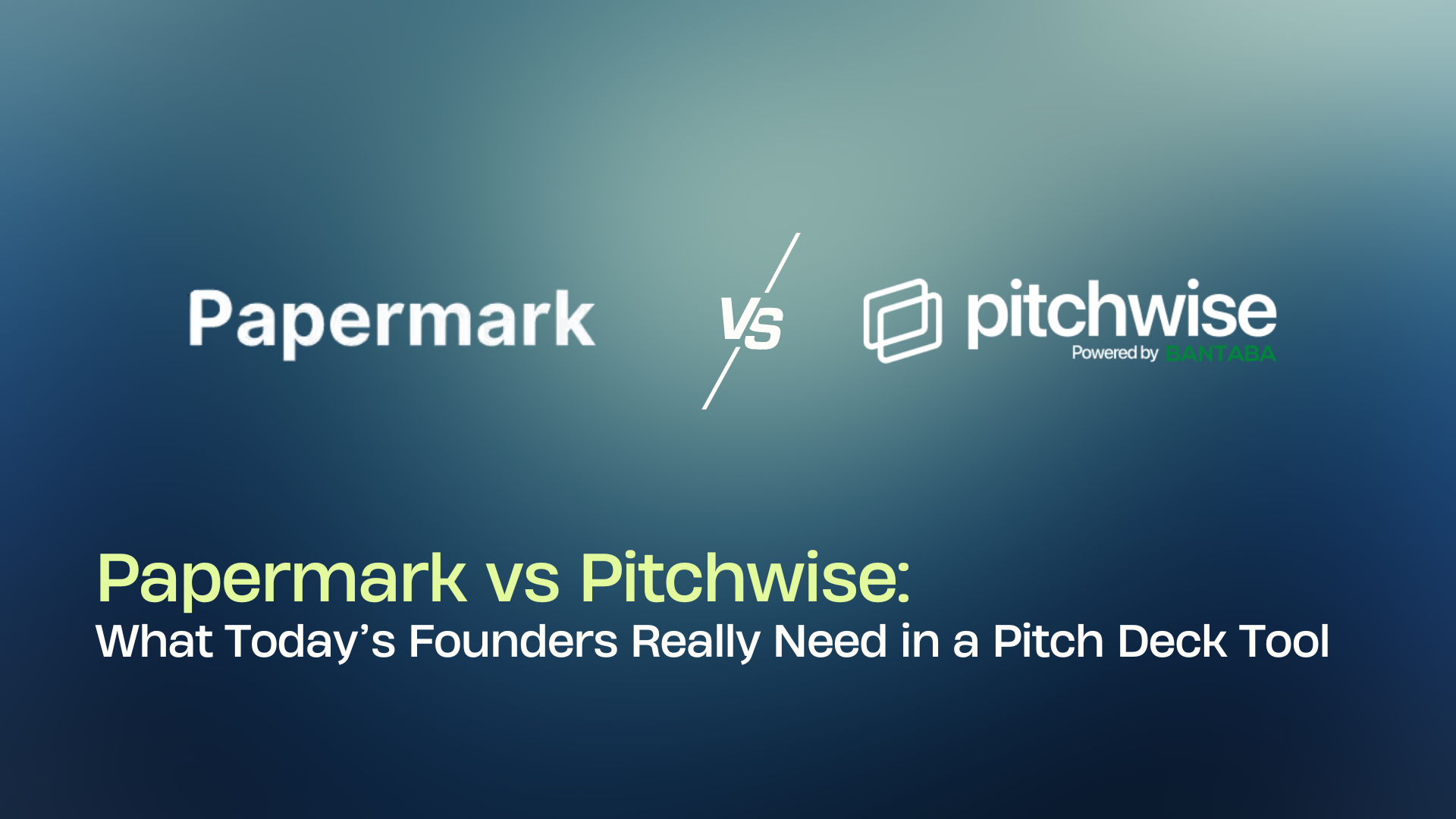

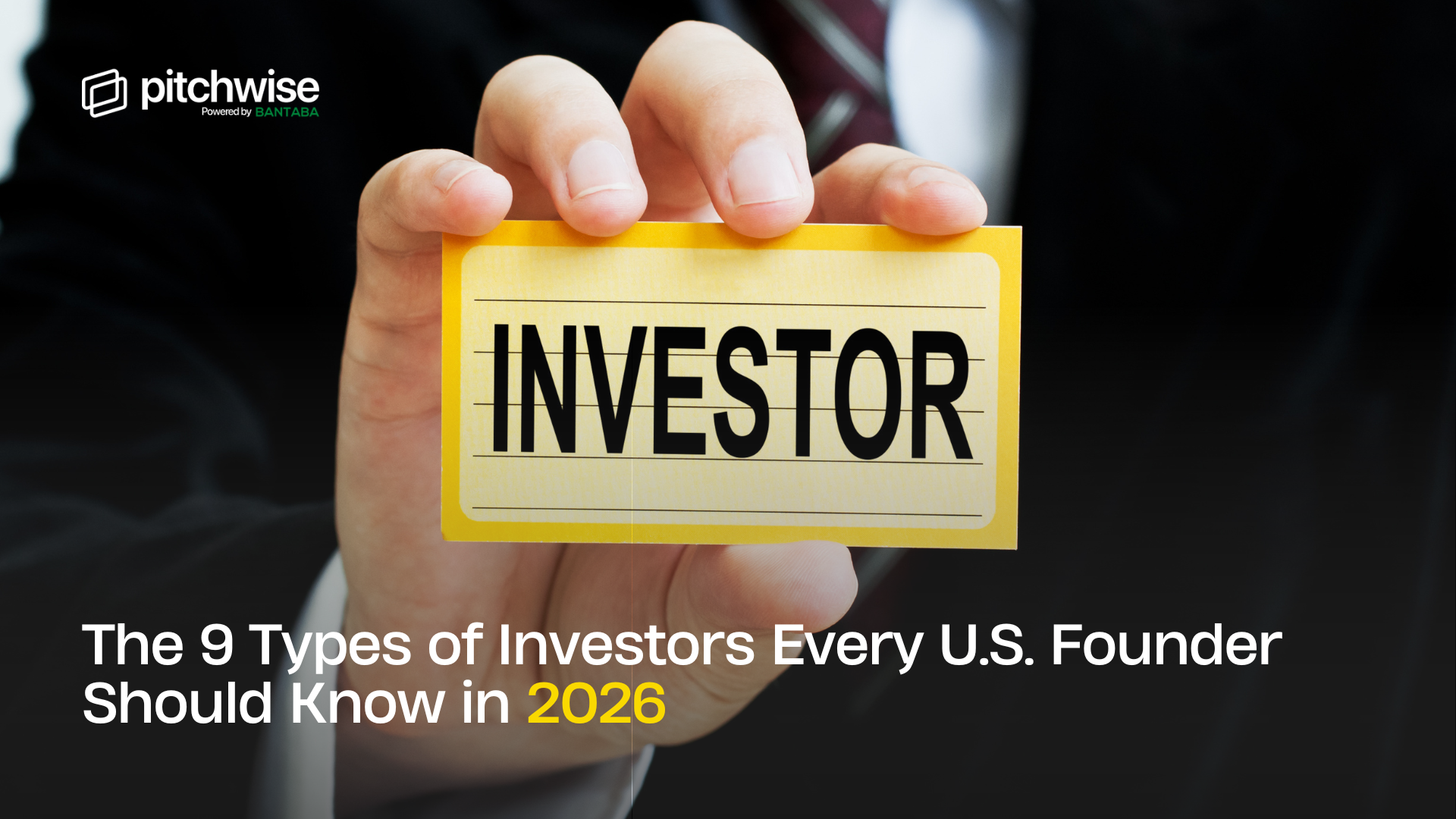


.png)


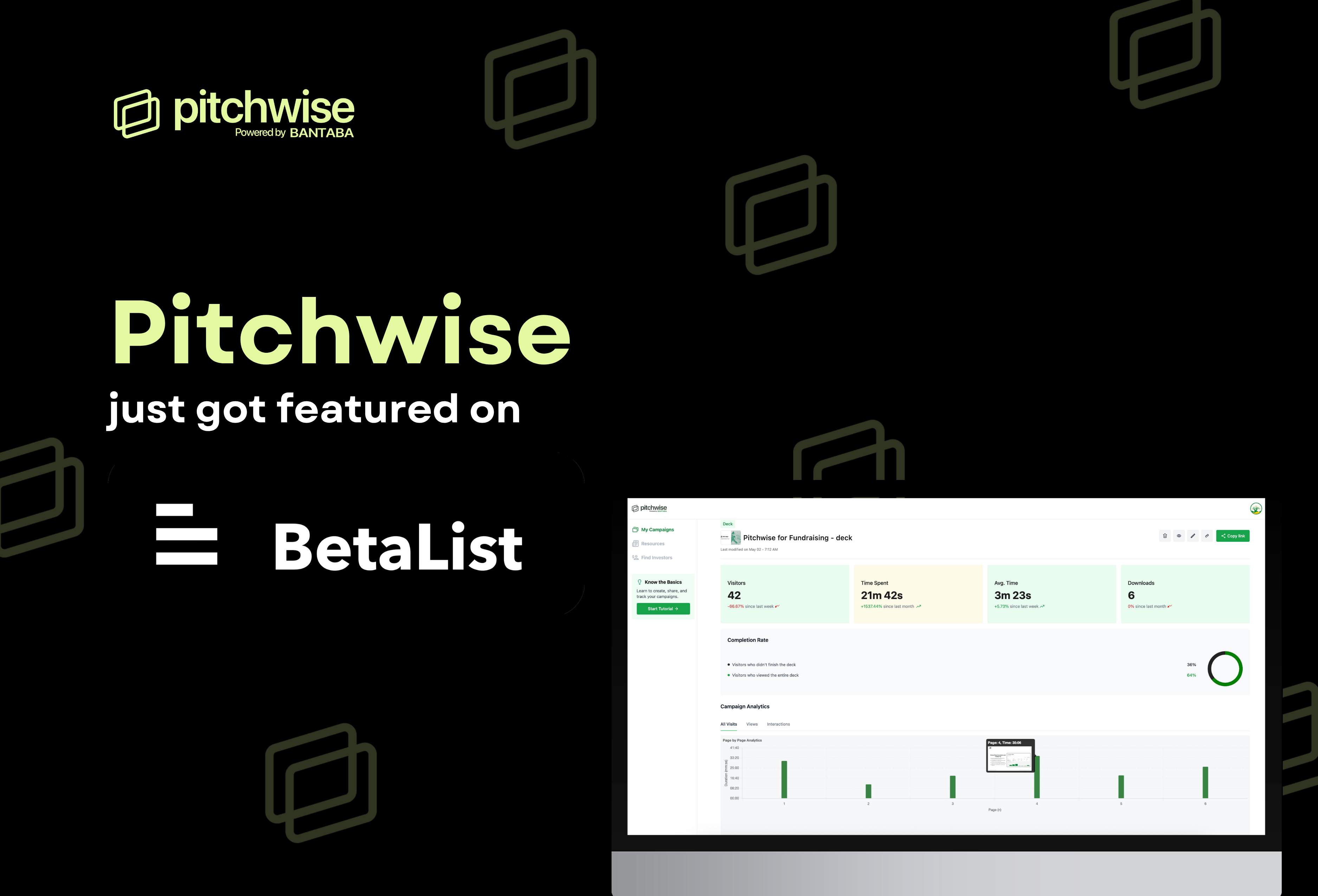
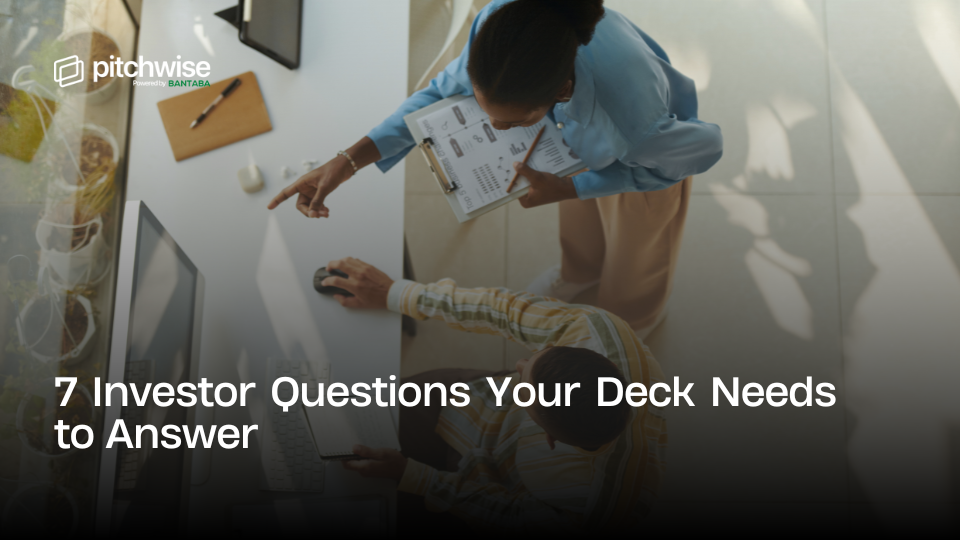


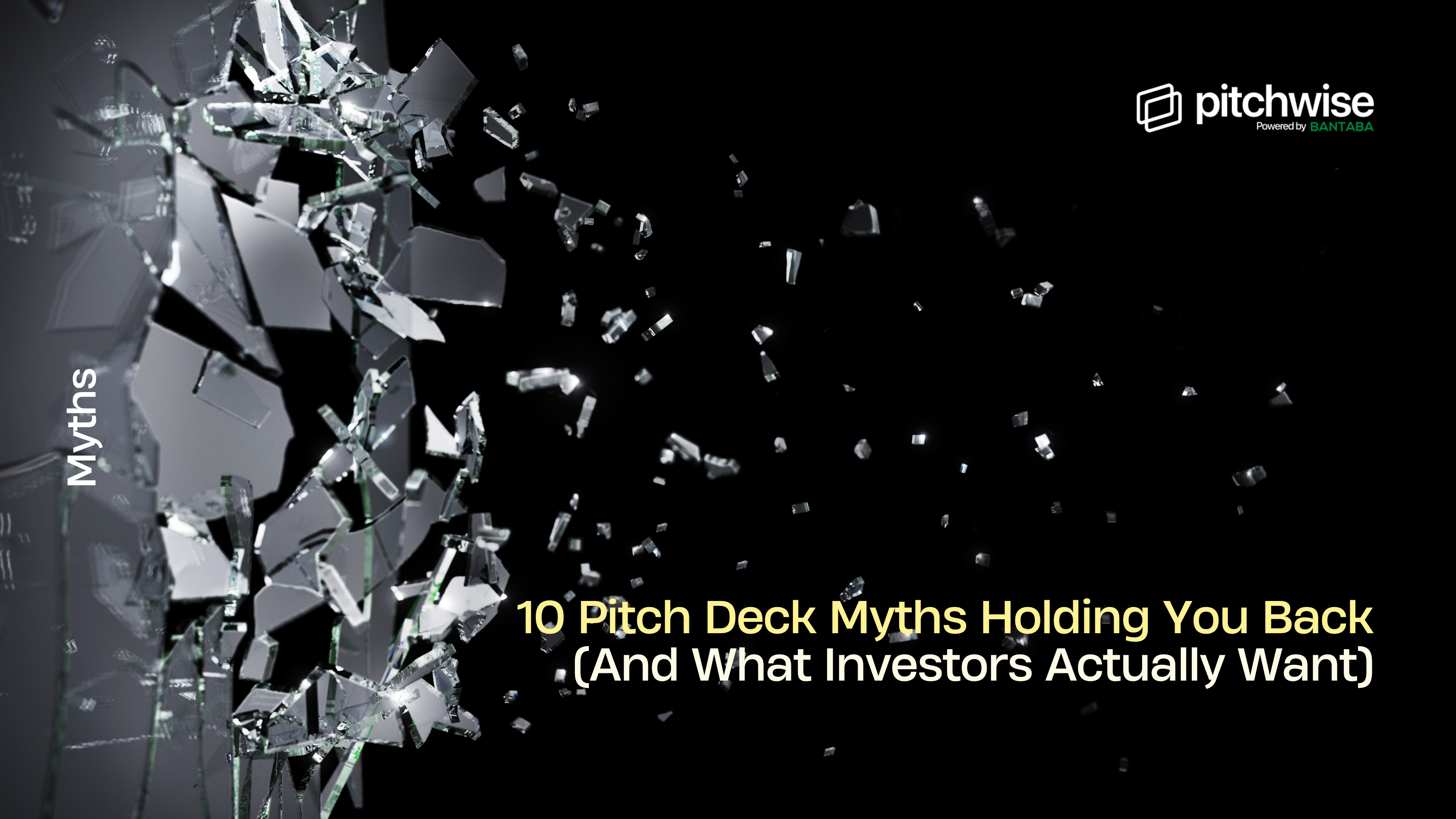

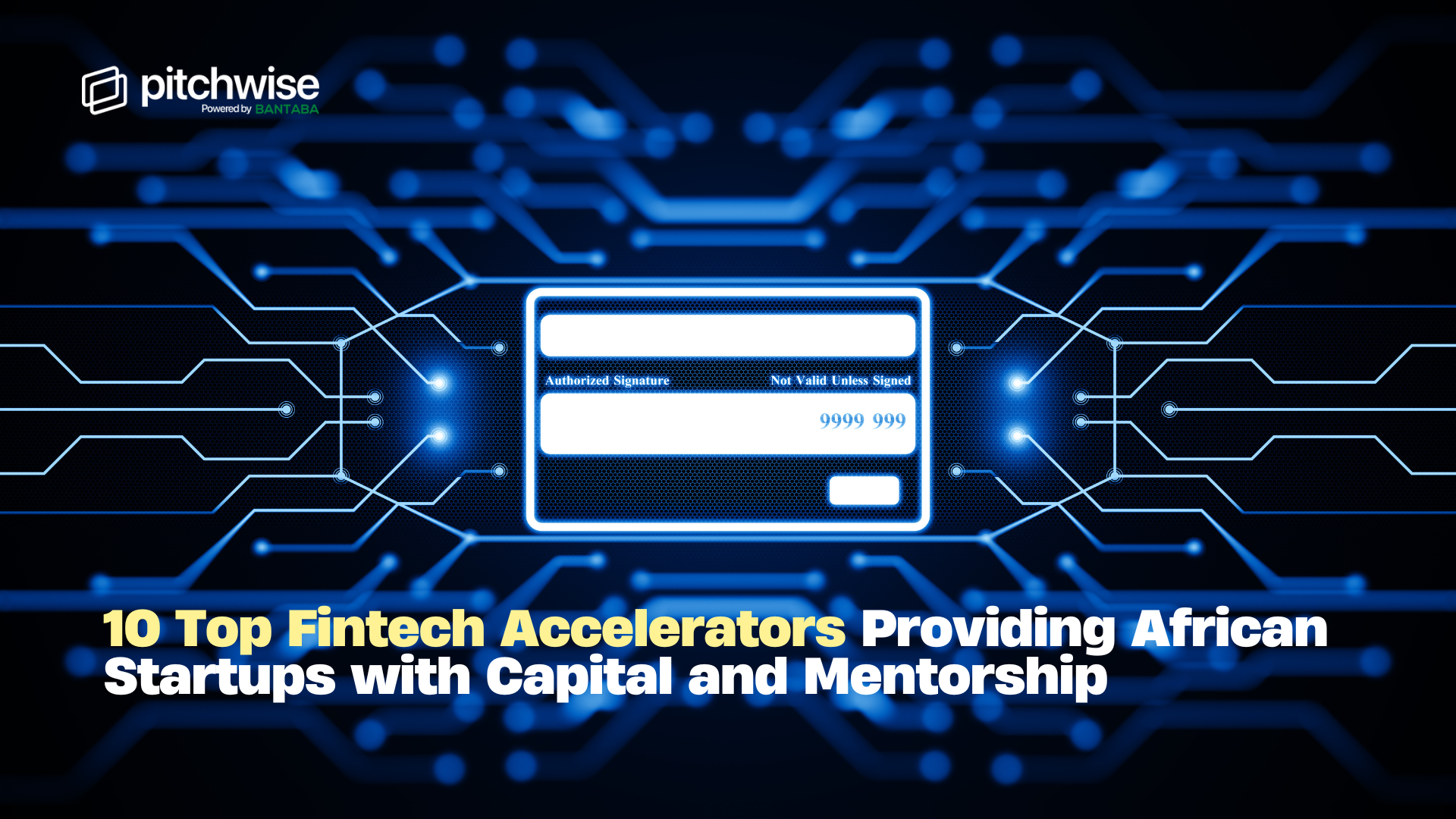
.png)

%20.png)
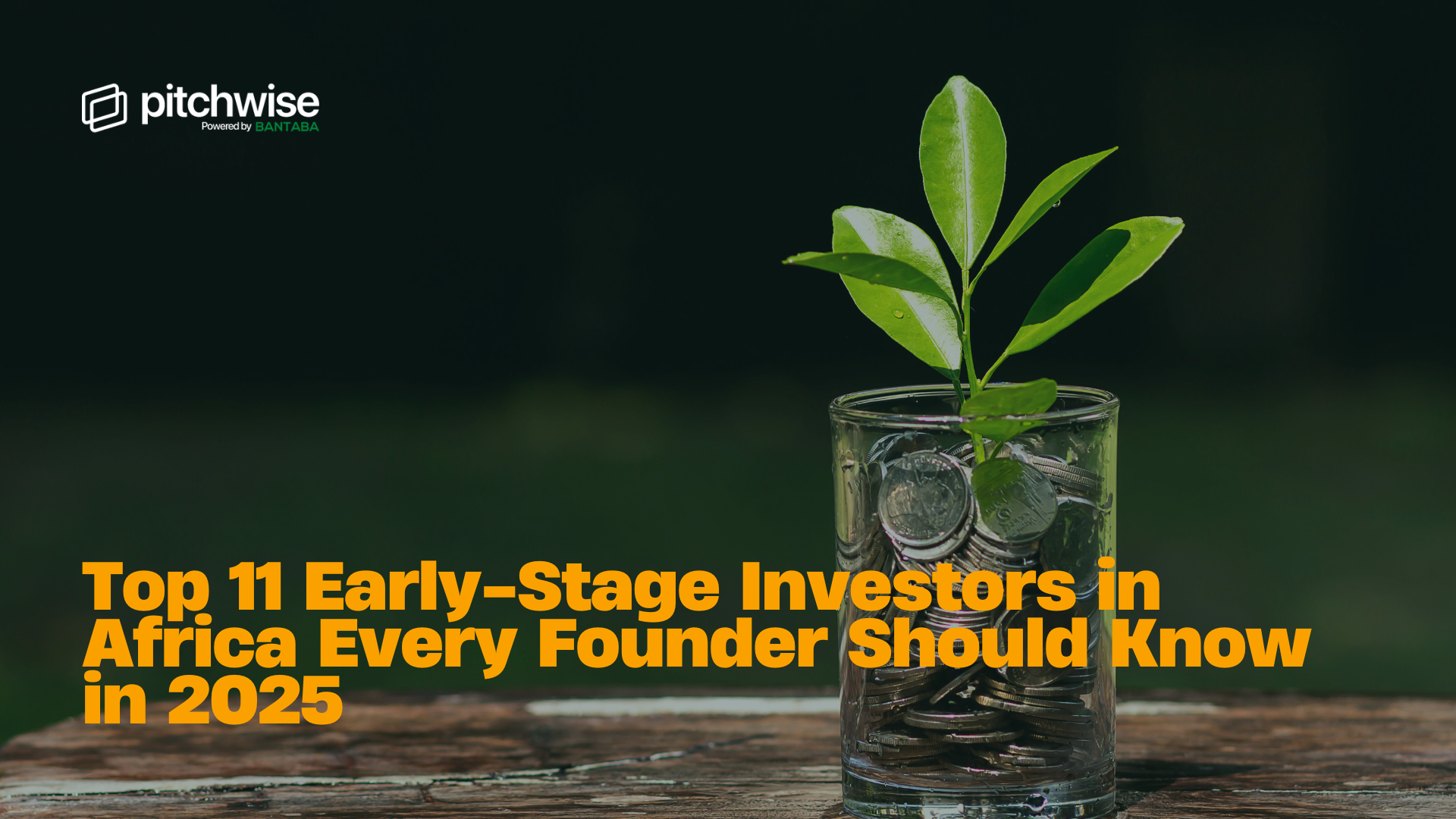
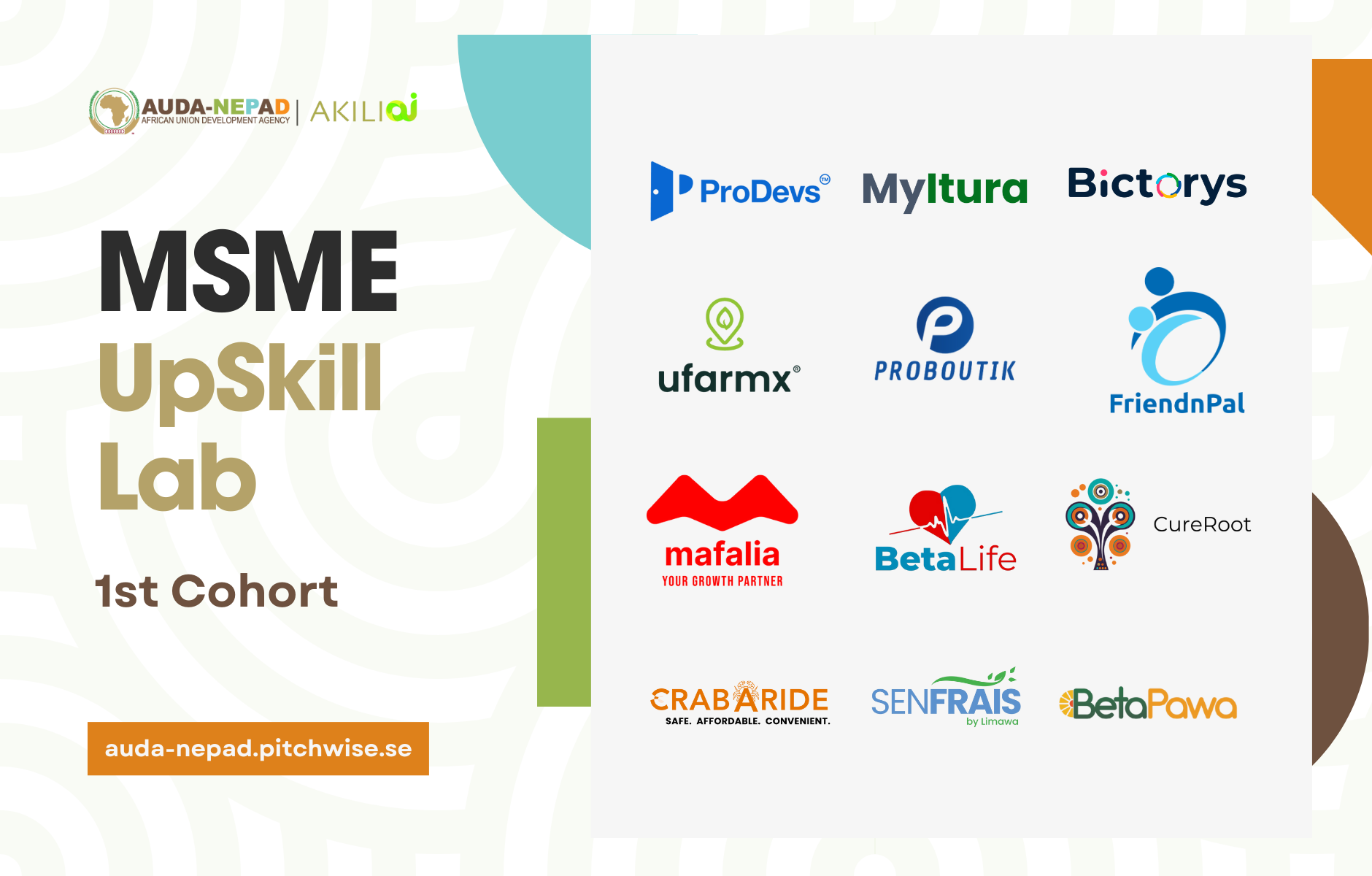
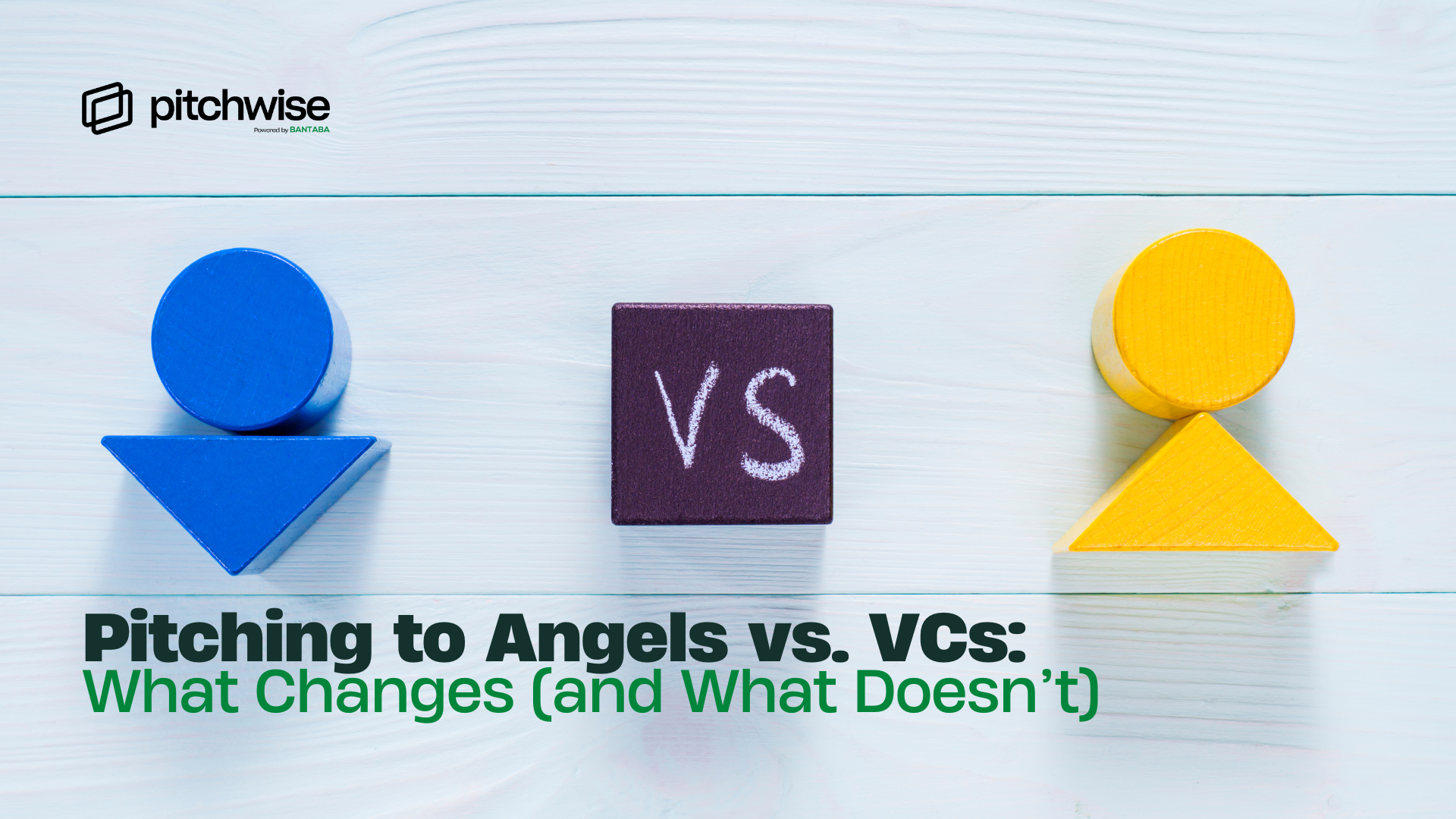




.png)

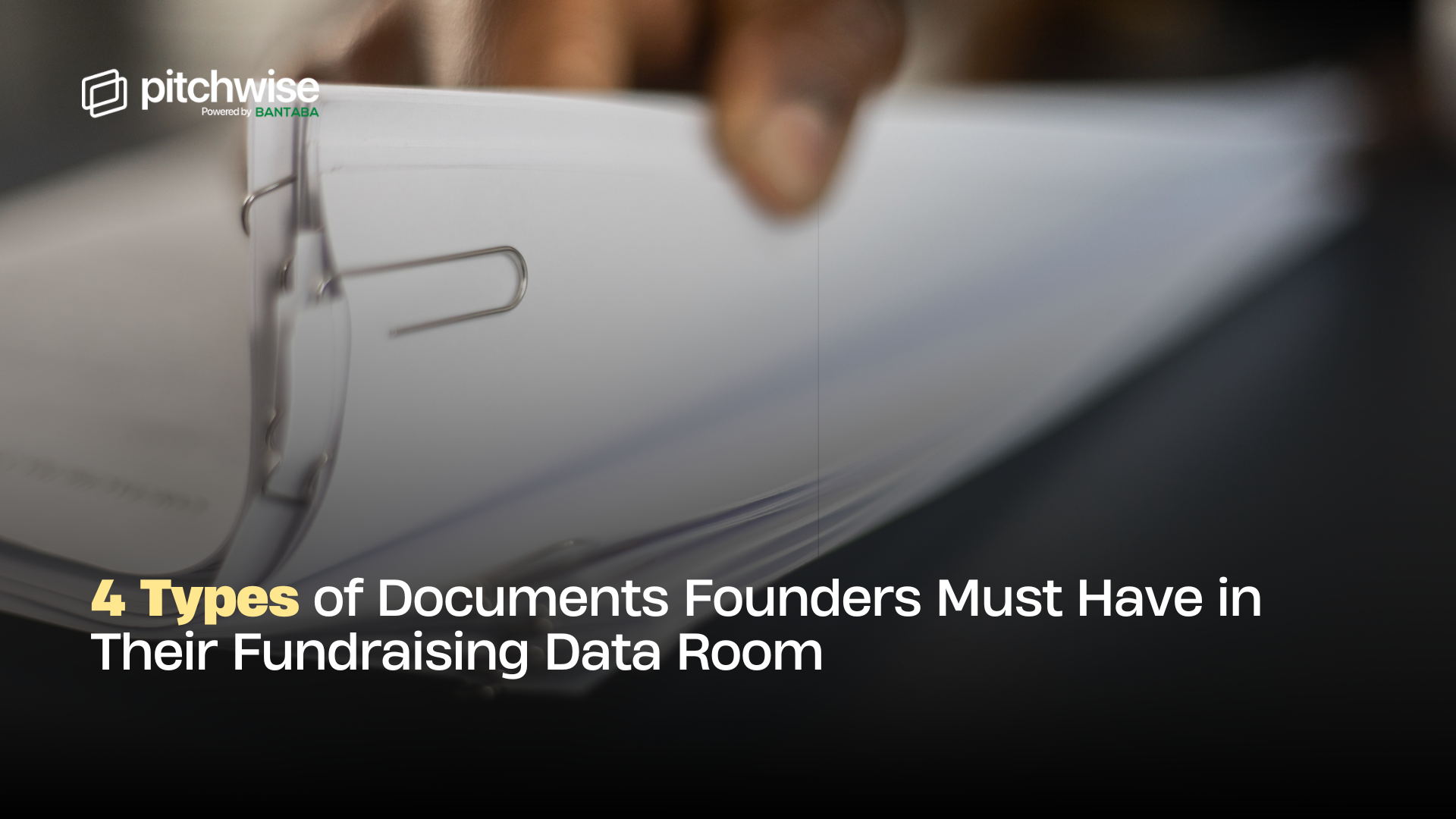
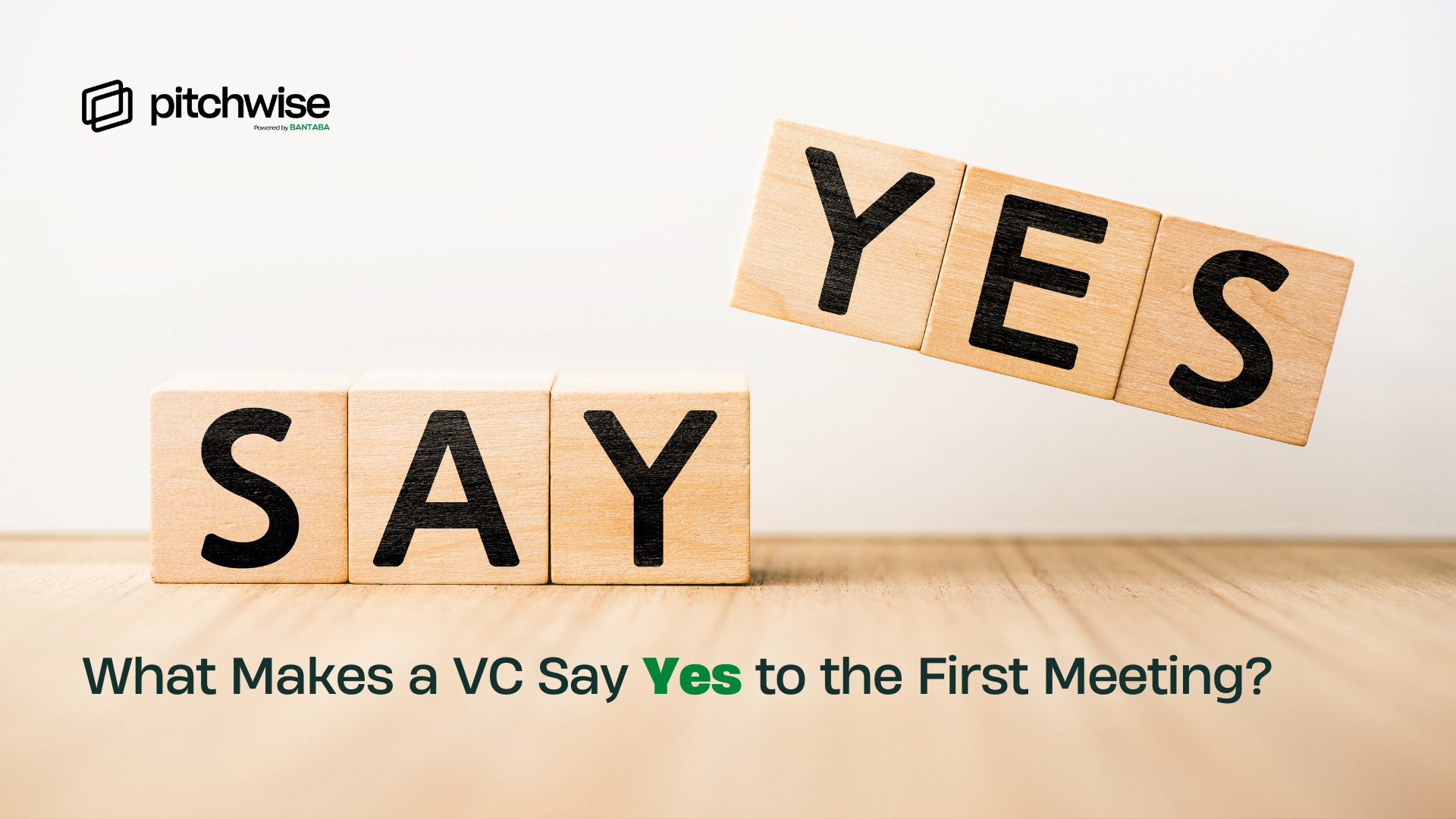
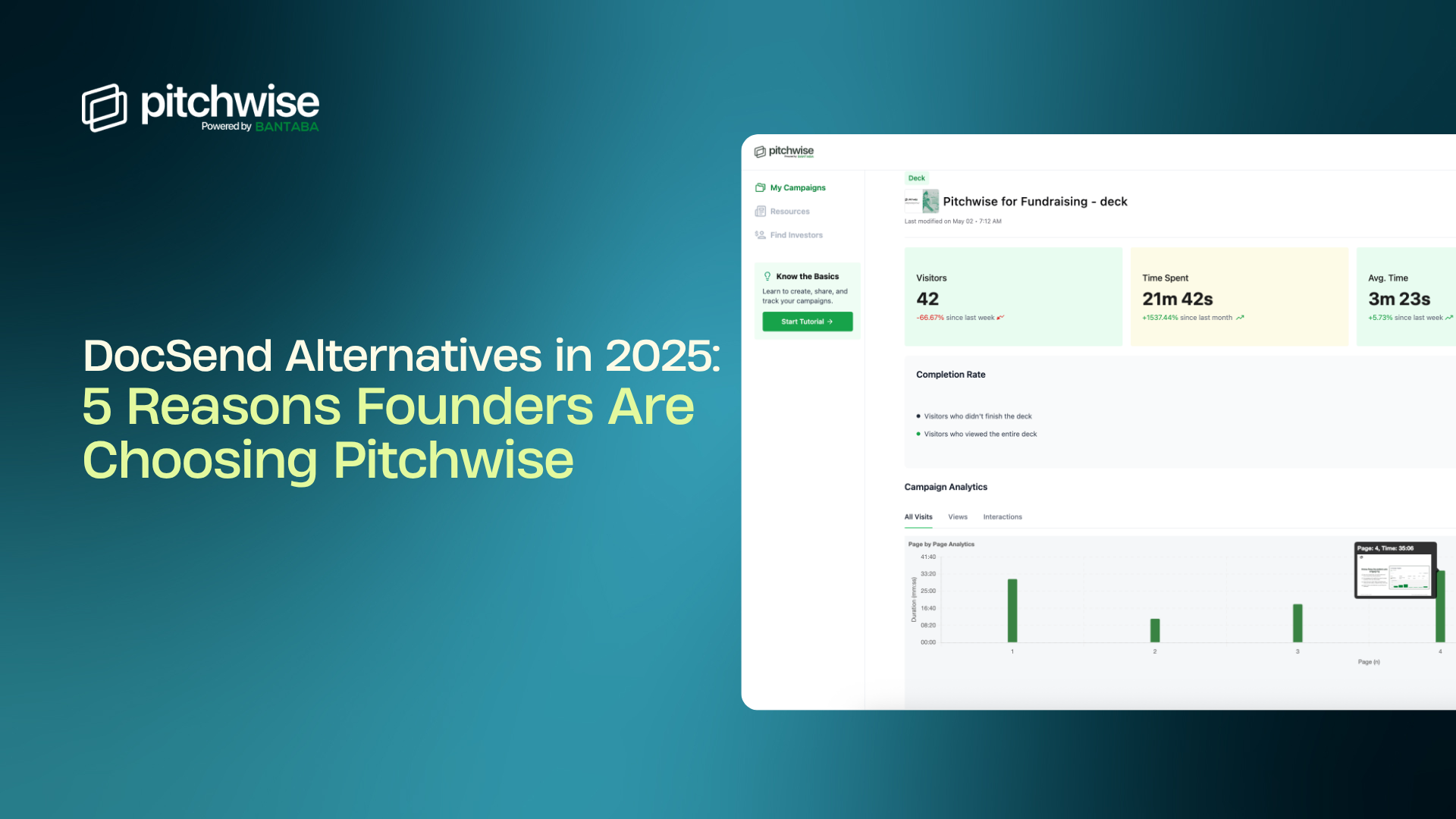










.png)

.png)



.png)
.png)


.png)
.png)



















